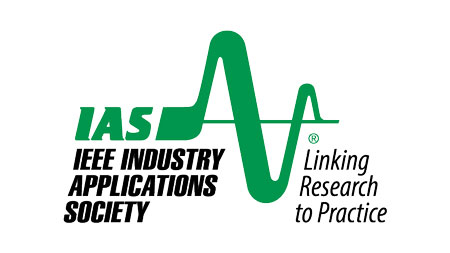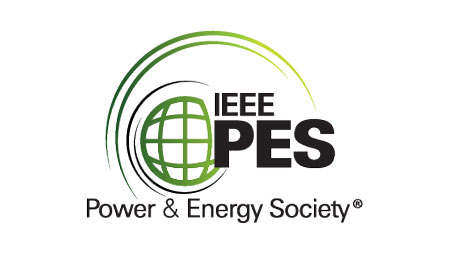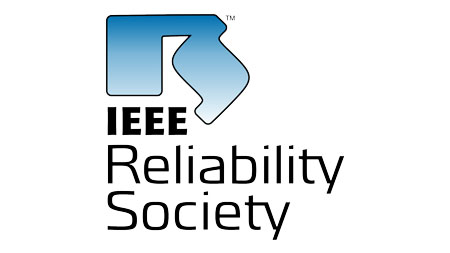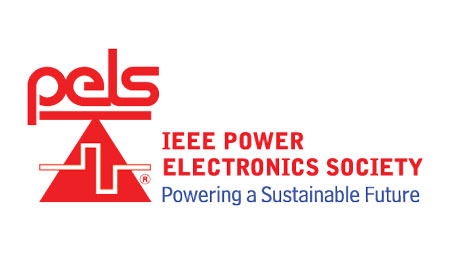Tutorial 1: Sizing of DERs (Solar, Wind)
Topic: Design of Solar PV and Battery Storage Powered Electrical Loads
To tackle the carbon emissions, renewable energy resources are being encouraged worldwide. One of the most common renewable energy is solar PV. It’s integration with the grid needs inverters and battery storage to help address the intermittency of the solar PV. However, it has been a challenge to adopt solar on rooftops due to limited technical workforce to design and install PV. This tutorial will address this issue. It will show how to design a solar PV, battery storage and inverters for various home loads. The tutorial will include real examples and involve audience design the renewable solutions for their homes.
Tutorial 2: Model-free real-time optimization and control in solar and wind systems
Topic: Model-free real-time optimization and control in solar and wind systems
In this presentation, we discuss briefly the powerful theory of extremum-seeking systems. The near-unique Extremum Seeking Control (ESC) systems are known to have the ability to achieve model-free dynamic optimization and control by steering a given dynamical system to the extremum (maximum/minimum) of an objective function that is unknown – expression-wise. ESCs can even tolerate model-free systems. Hence, ESC has been used as a perfect candidate in controlling solar and wind farms to achieve the desired optimization output without knowing expressions for many external parameters/profiles, such as but not limited to the irradiation, aerodynamic/wind effects, etc. However, there are also major challenges that still face ESC applications in wind and solar. In summary, (i) we discuss how ESC systems work as a means for real-time dynamic optimization and control, (ii) how it differs from other standard controls such as PID and MPC, and (iii) challenges and present/future works in this area.
Tutorial 3: EV Charging: Challenges and Opportunities
Topic: Electric Vehicles Charging Infrastructure and Grid Integration: Challenges and Opportunities
This tutorial aims to provide an overview of the challenges and opportunities related to the integration of electric vehicles (EVs) with the charging infrastructure and the power grid. The tutorial will cover the different types of EV charging technologies, including Level 1, Level 2, and DC fast charging. The tutorial will also discuss the challenges associated with the deployment of charging infrastructure, such as the high cost of installation and the need for standardized charging protocols. Furthermore, the tutorial will address the opportunities that arise from the integration of EVs with the power grid, including the potential for load balancing and grid stability. Finally, the tutorial will explore some of the emerging trends in EV charging technology, such as wireless charging, smart charge management, and vehicle-to-grid (V2G) systems. By the end of the tutorial, participants will have a solid understanding of the EV charging infrastructure and the challenges and opportunities associated with its integration with the power grid.










